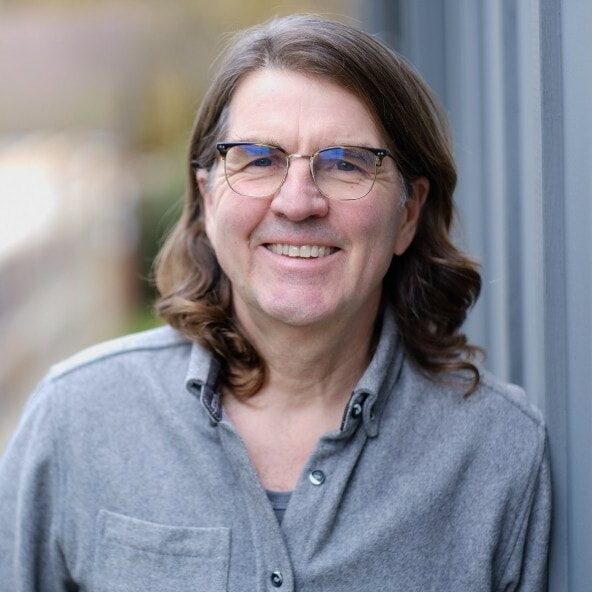In my last post, I wrote about the deep roots of shame. I was invited by a reader to write a post about how we exit the hell realm of shame.
The first step is to realize, and I mean unambiguously realize, that we are not the cause of our shame. Which is to say, it’s not your fault. This is a belief that was implanted early in life. Faced with the choice of concluding that what happened to me is the fault of the person upon whom my life depends, or mine, a child will choose the latter every time. If it’s their fault, I’m screwed. My survival depends upon them caring for me and if they don’t, my life is too precarious. So, I’ll make it my fault, and they are only too happy to leave me with this impression for a lifetime so that they never have to come clean. As well, if it’s their fault, there’s nothing I can do about it. But if it’s my fault, I have some control. I can change. I can be more. I can be better. I can be really good. I can be more sensitive to their needs. I can, in other words, parent my parent, so that they will finally make my life safe enough to survive. And that becomes the core of our personality, our social presentation of self. We identify with it. It becomes us. We become it. But that’s our shamed self, our survival self, not our true self. Healing involves the slow and patient dismantling of that self.
If we walk around feeling like we have no right to exist, if circumstances easily trigger us to default to the feeling like the world would be a better place without us, or if that incessant voice of self-withering judgment just won’t quit, it’s critical to call bullshit on the whole drama. It’s a memory from the past hijacking the present.
When it comes to trauma that results in chronic shame, it didn’t just happen. Somebody did something to you to cause you to default to this disappearing act — which is what shame is all about. This is not about pointing fingers. It’s not about getting back at the perpetrator. It’s about letting yourself off the hook.
This is an excruciatingly difficult step to take, because there lingers in all of our traumatized psyches and bodies, the fantasy that we were seen, attuned to, responded to, enjoyed—in other words, loved. We simply don’t want to see or feel the alternative. It was unbearable to experience this as a small person. We developed an entire personality to defend against feeling it all again. We continue to believe that it’s unbearable as an adult. (It’s not).
The upshot is that is that we may start to believe (because this is the prevailing medical view) that it’s all brain chemistry. It is currently fashionable in the psychological and psychiatric professions to attribute most emotional challenges as originating in the brain. (Brain chemistry and neuronal firing of certain parts of the brain are certainly correlated with chronic shame. But the brain doesn’t cause shame.) You are not a victim of brain chemistry, although you may have laid down neuronal pathways by now that cause you to default to shame easily. These too can be changed.
What makes it even more challenging is that our conscious memories are not of the shaming times. We repress those. Instead we remember the good times—if there were good times. And if we ever choose to bring up an alternative, less rosy narrative with our family, friends, or mentors, too often we will be met with derision, attack, or a carefully constructed defence pointing out our lack of gratitude for all the wonderful things that our parents did for us (if parents are the cause of our shame). This, of course, amounts to more shaming. So, how do we heal?
Step 1: Let yourself off the hook. You are not the cause of your shame. You are not bad, stupid, wrong, a waste of space, unloveable, etc. So you don’t need to feel ashamed of feeling ashamed.
Step 2: Call bullshit on the internal critical voice that continue the shaming. This is how you internalized the voice of those who shamed you.
]With soul-crushing shame, there are only two alternatives: suicide (getting rid of the self), or homicide, (getting rid of the perpetrator). These are primal impulses. If the containment is not there for a child to say to his or her mother or father, I hate you!, then that hatred shifts from the homicidal impulse to the suicidal impulse, which is to hate oneself and want to disappear. This is why, incidentally, when the healing of shame starts to happen, suicidal and homicidal fantasies surface. The homicidal fantasies need to be affirmed and contained (and they can be quite gruesome), for the suicidal thoughts to dissipate.
Step 3: Release the rage and hatred. Allow yourself to have these feelings (ideally with a therapist who can contain you). The point here is not mere catharsis. Rather we allow ourselves to consciously experience our underlying (and societally unacceptable) feelings in a contained setting so that we can see the depths of our rage and hatred at those who shamed us. This reverses the flow of energy outward (where it belongs). This also liberates us from the trauma by physically completing what our bodies wanted to do but could not—an instinctive striking out. Hatred and rage are natural responses to humiliation. Once they are expressed, we can let go of it.
Step 4: Self-compassion. I’m not saying this is easy for those of us who are burdened by shame. But self-compassion is a real thing. Buddhists practice it in meditation. Every time you have an urge to verbally condemn yourself, let it instead be a signal that you are in need of love. That little one within is feeling small, unseen, unheard and humiliated. What s/he needs is tenderness. We will resist this at first because all we will feel is hatred toward ourself. (See steps 1 and 2). This is why when we’re feeling shame, we usually refuse to receive comfort from others. Our inner voice of judgment is telling us we don’t deserve it. And we don’t want the other to see how humiliated we are underneath it all. This is driven by the unconscious bind we were in as little ones: the only source of comfort was to go to the very person who humiliated us, and will likely continue to humiliate us—an impossible double-bind.
Step 5. Differentiate: Step back and become a witness of the whole drama of shame and how it’s being played out in your life. Ask yourself, who is this that is witnessing the drama? There is clearly some aspect of you that was unaffected by the shaming. Is is possible that this witnessing consciousness is more truly you than the humiliated self? Going beyond the Eastern spirituality of a neutral, unbiased witnessing consciousness, this is your true Self that was always Whole, always beautiful and radiant and is now able lead you out of the hell of shame.
This differentiation between the parts of you that took the helm when the storm threatened the Self, and the true Self that is rightly the captain of the ship is critical. Over time, instead of the shame having you (being identified with it), you have shame. Notice that there is a “you” that is experiencing shame. You are no longer identified with it. Now, you can do something for yourself because the shame isn’t in control.
Step 6. Body scan. Notice where in your body you hold shame. For me, it’s in my hips, pelvis and low back. For others it’s the stomach, intestines, jaw, or throat. Learn to gently bring attention to where in your body you are holding tension. Try to go inside that area and just “breathe into the area”. What feelings, thoughts, images arise?
Step 7. Implement this principle: Endure nobody and nothing. You are forced to early in life. As an adult you are free to eliminate from your life any and all individuals who refuse to honour your dignity as a human being. You want people who accept you for who you are and what you say, and how you feel, and take your viewpoint on politics seriously. Anybody who tries to diminish you, who refuses to listen, who mocks you, is not worth your time or energy. Most of us stay in these kinds of abusive relationships because we learned early that there was no exit possible. We can’t leave our family when we’re five. We might run away, but we have no choice except to come back for more. But it’s not true when we’re adults. We’re never trapped. Temporary loneliness is better than abuse.
In the end, the paradigm shift involves becoming our own best friend. That crippling, crushing voice may never absolutely recede. But when it comes up and starts to bully you, know that it is no match for the compassionate voice of your True Self, the one who knows what’s really going on. The goal is bigger than ending the shaming voice. This is just a means to an end. The end is becoming a lover of life, of yourself, and of others. It’s a spiritual path we’re on, and silencing the voice of shame is a critical first step.

